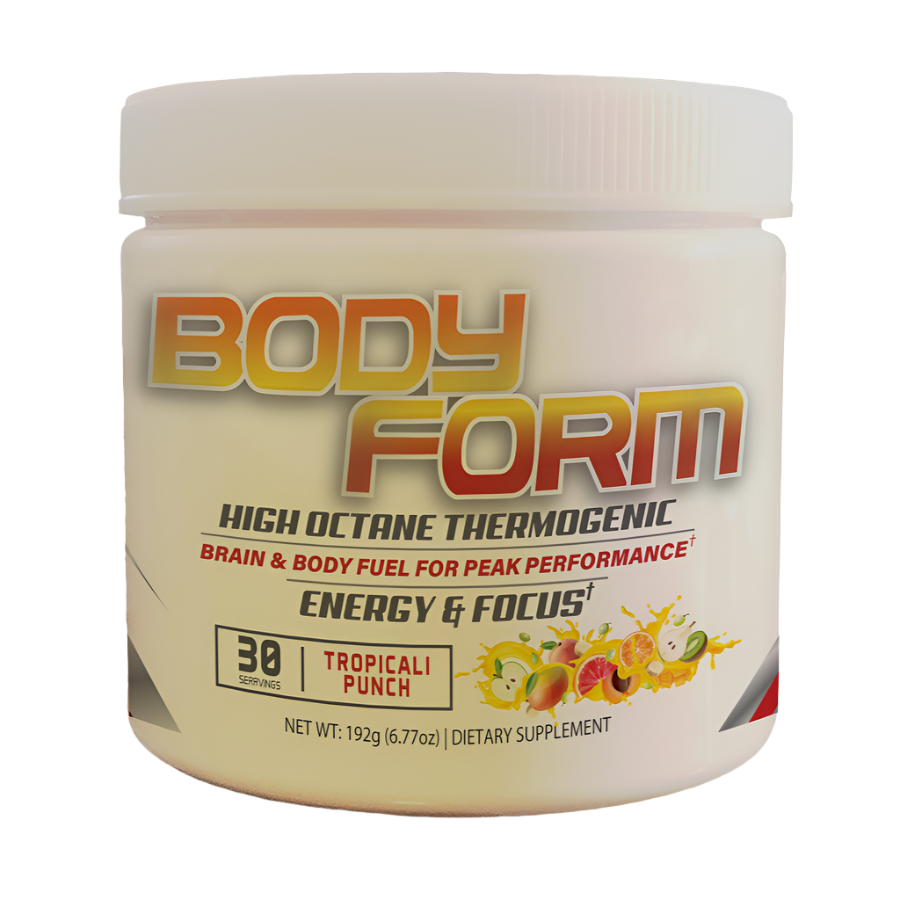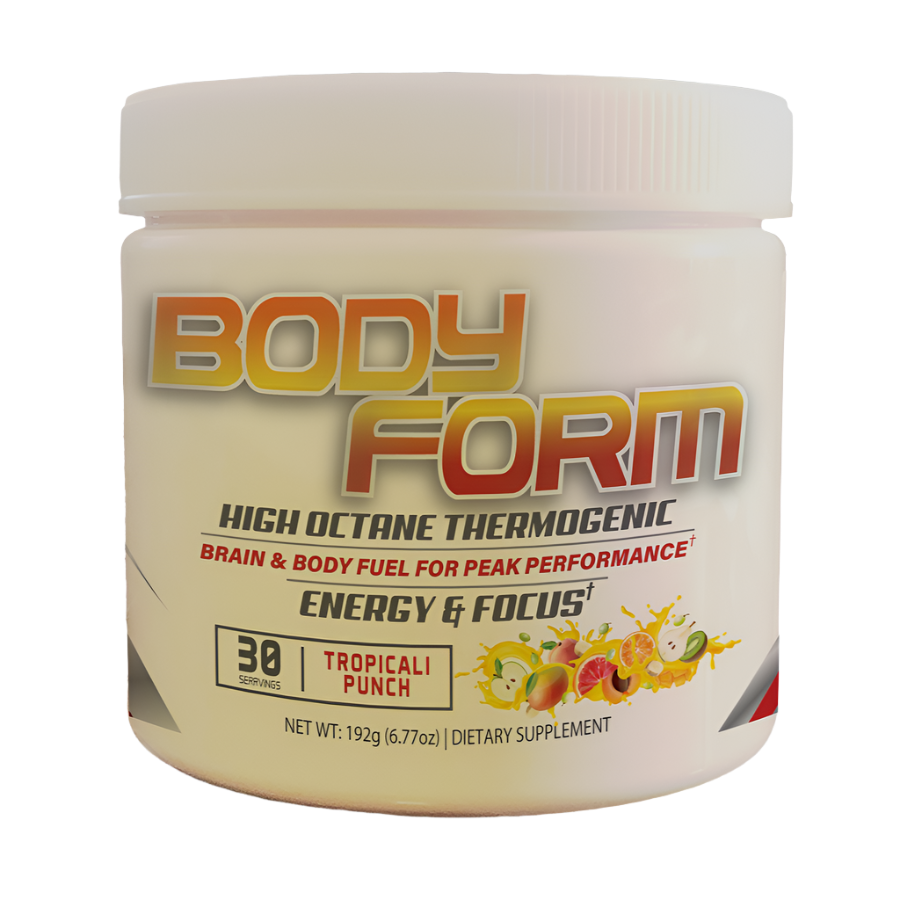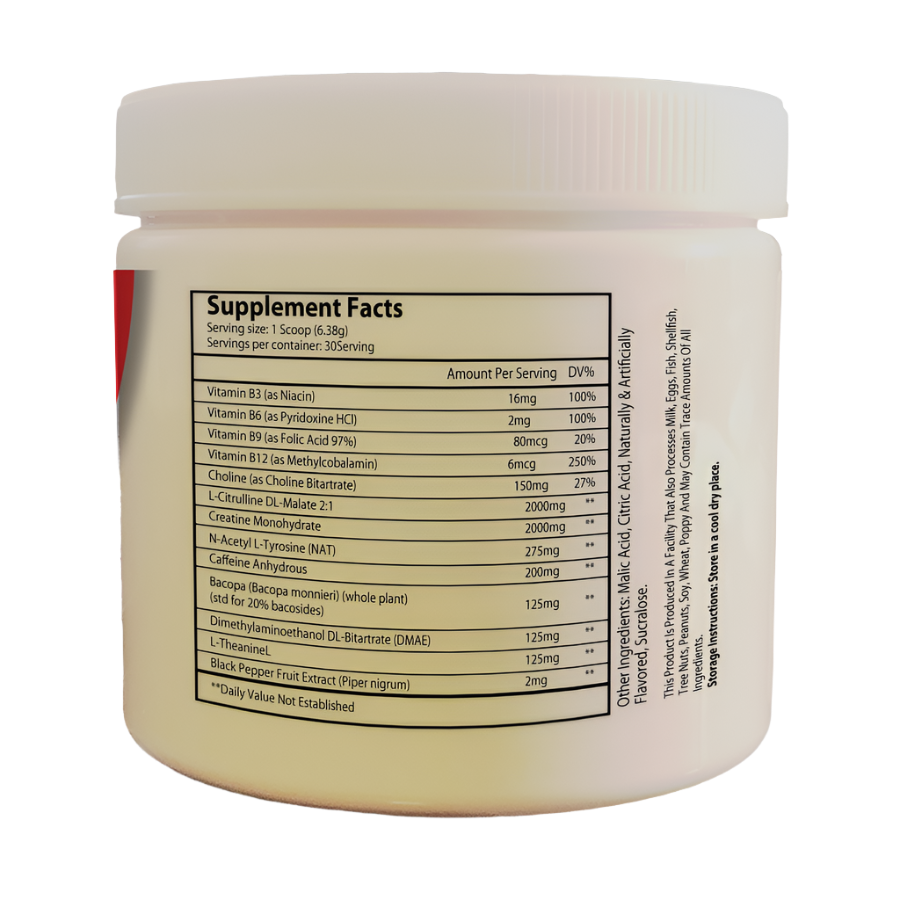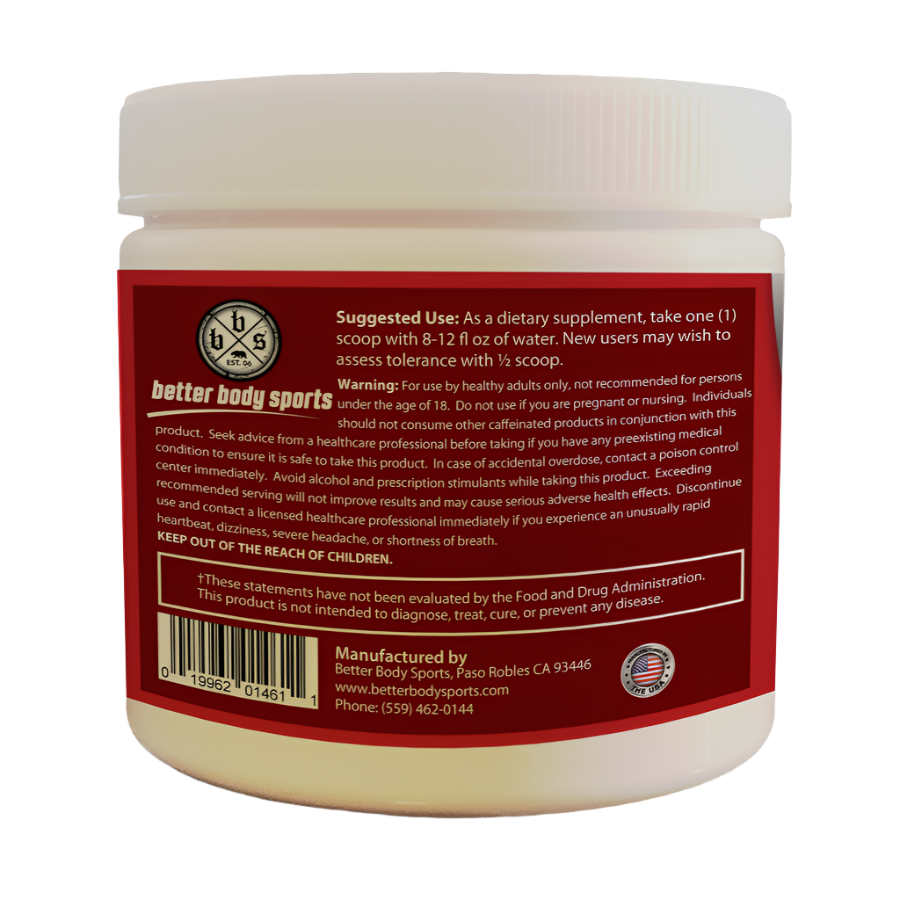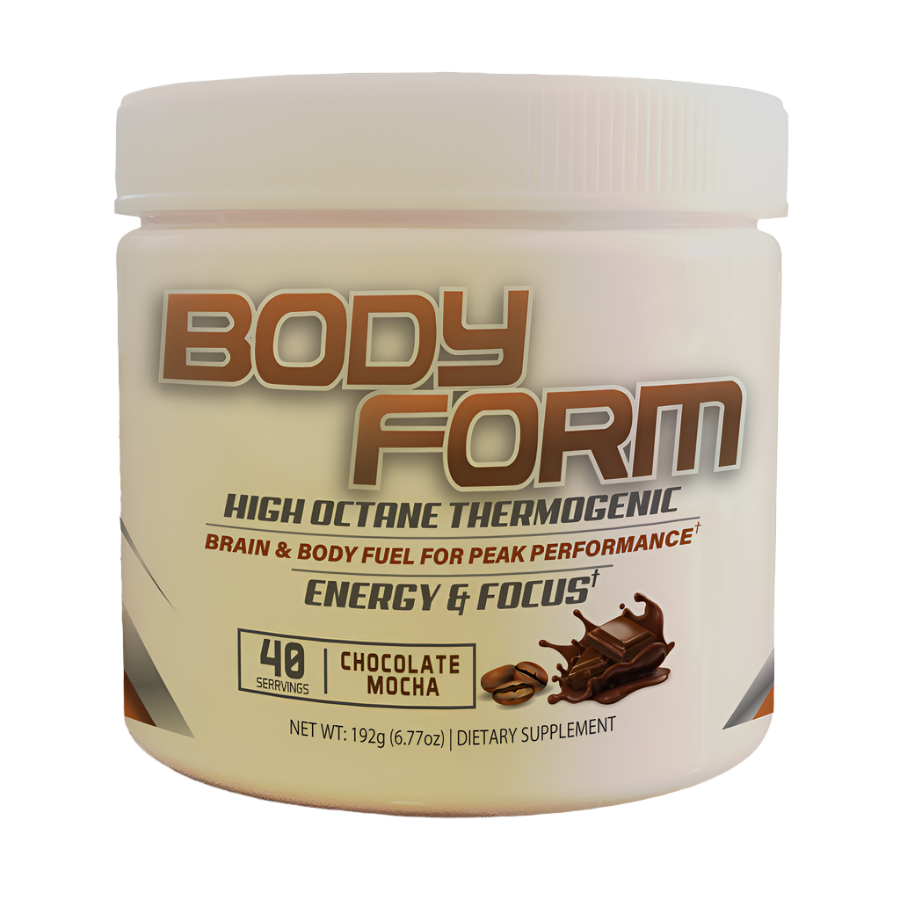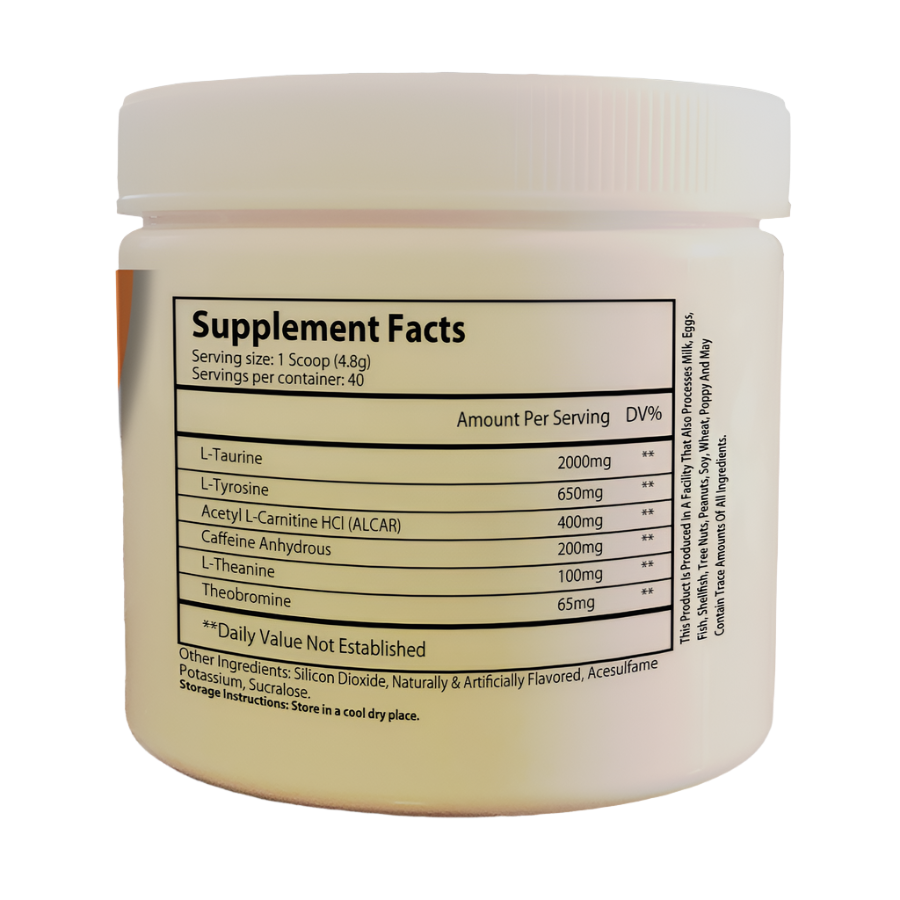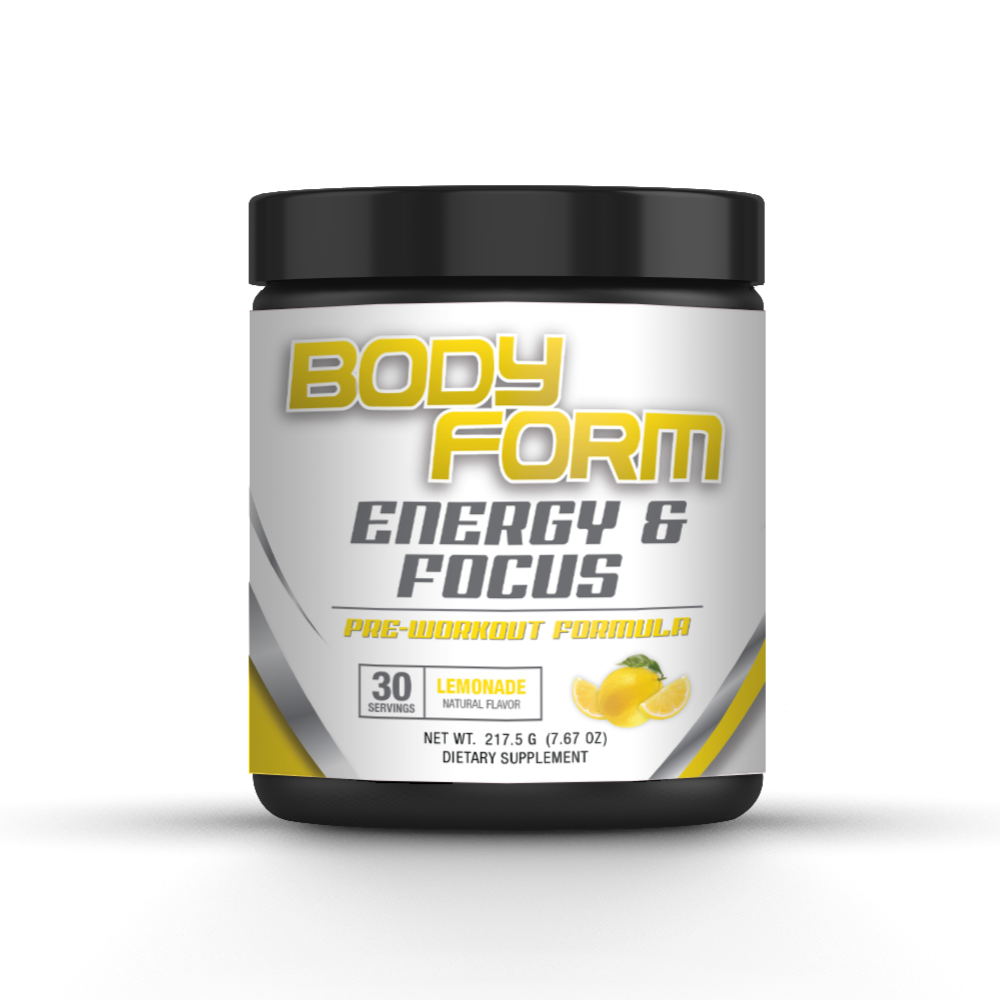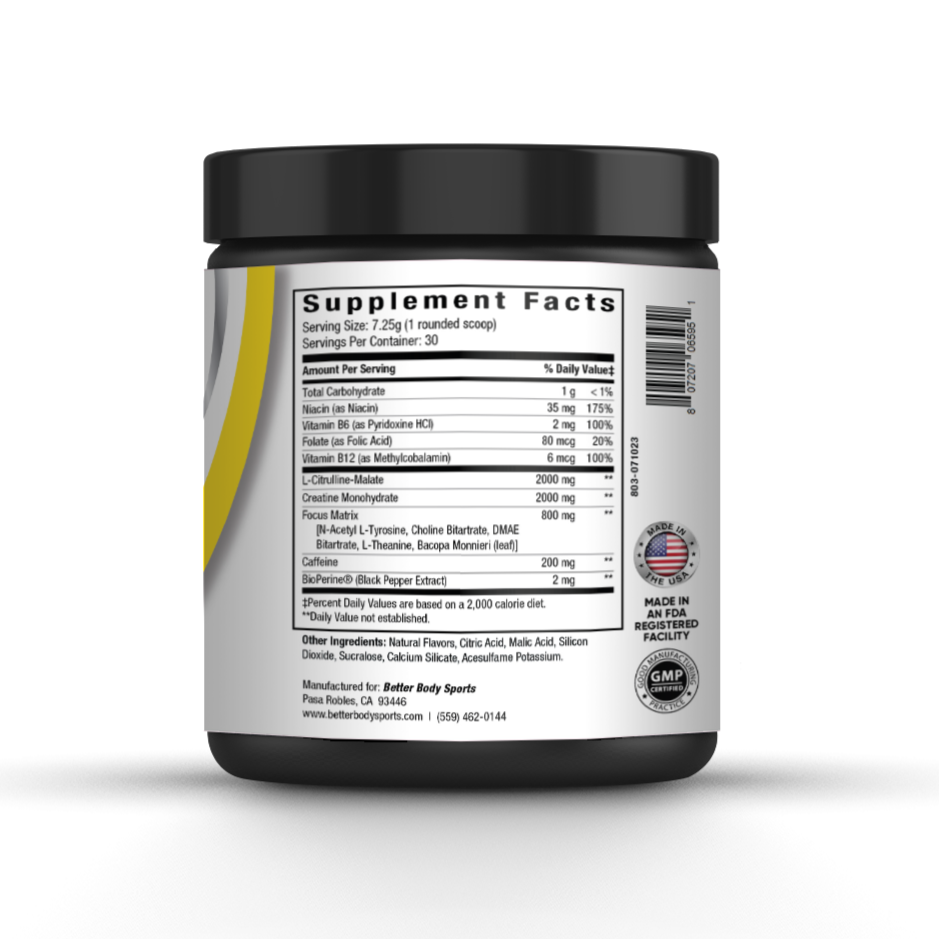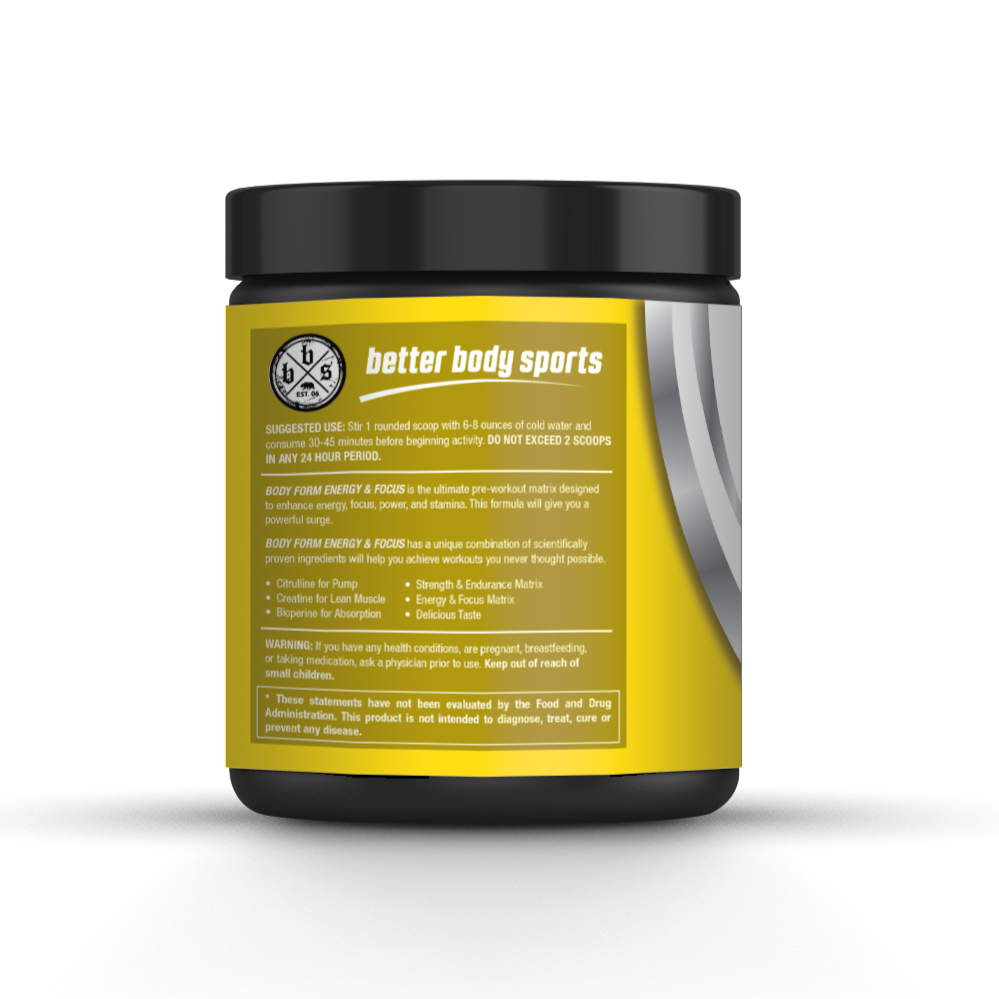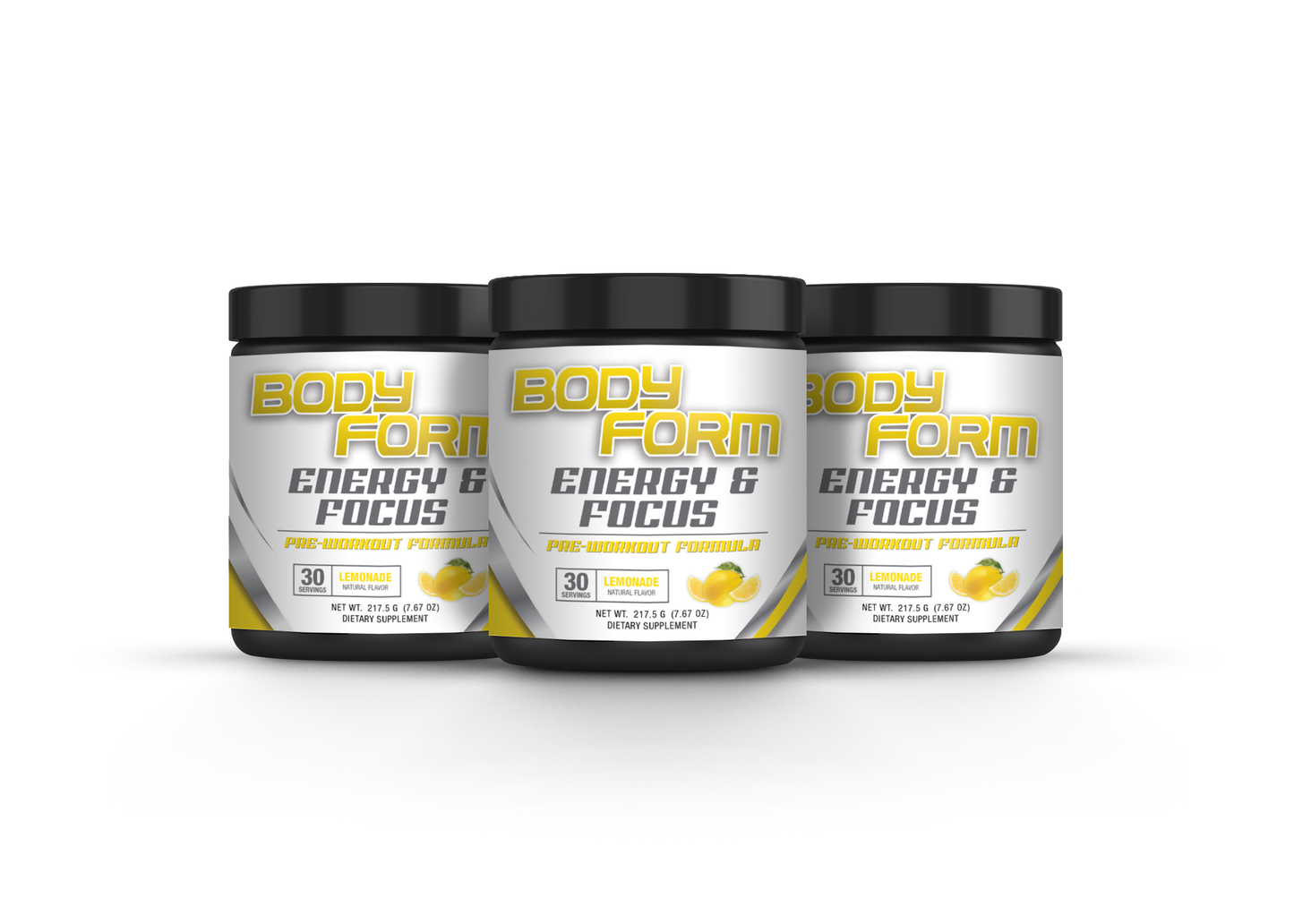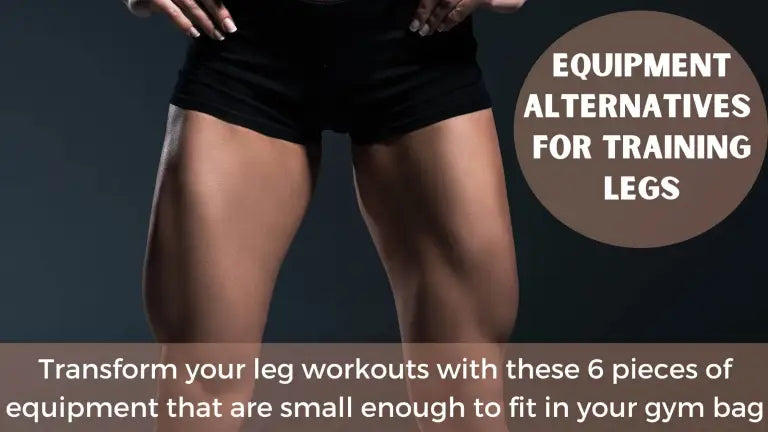
Equipment Alternatives for Training Legs
Share
Equipment Alternatives for Training Legs
Equipment That Fits in Your Gym Bag or Your Home Gym
Training legs doesn’t take a lot of equipment. With a barbell, squat rack, and weights you have an effective leg training program. Strength training lifts like the barbell squat, walking lunge, and stiff leg deadlift will go a long way for building muscle. These are the core movements of any leg workout and should remain a part of all strength training programs.
While these exercises make for a brutal leg day, after repeating them for a while, they may become boring. Also, as the weight increases, having a barbell on your back for most exercises may lead to spinal compression related issues. Once we reach this point, the traditional leg exercises may no longer feel as mentally or physically comfortable as they once did.
Going to a commercial gym is a quick way to give yourself more options. You could toss aside the barbell and use the basic globo gym leg workout. Start with the leg press, maybe hit the hack squat machine, and pump up the quads with the leg extension machine. Then hit the backside using the almighty lying leg curl machine to hammer out those hamstrings.
Alternative Leg Day Options
The home gym with a barbell, power cage, and weights offers a lot of variety for the upper body. Unfortunately, the exercise list isn’t quite as extensive for the lower body. You can perform alternative barbell exercises like the Zercher squat, hack squat, or overhead squat, but these movements incorporate a lot of upper body muscle recruitment. If our goal is to focus on the legs, what are we to do?
You could perform a functional and dynamic workout, using speed and explosiveness. Exercises such as the pistol squat, kettlebell swing, and the alternating jumping lunge increase your heart rate and incorporate balance into your leg training. However, these exercises will not build up muscle strength and size like heavy weight movements.
If you workout at home and need more leg exercises for muscle building, you may need more workout equipment. However, like most, you probably don’t have the room in your garage gym for a hack squat or leg press machine. It is doubtful that you desire to spend your hard earned money on a seated leg curl and lying leg curl machine for hamstrings.
The good news is that it doesn’t take thousands of dollars to breathe new life into leg day. For less than the cost of a single exercise machine, you can add more stimulus to your leg muscles than they know what to do with. These tools offer much more than a simple leg extension and leg curl alternatives. They will give you new exercises and better versions of exercises to that you have yet to try.
Each of the recommended pieces of inexpensive equipment will complement each other making for a complete workout. Some of the items can be used together to further blast your legs. Ok, so now let’s get into the gym equipment needed to expand your leg exercise options. Each of these items can be taken into a fitness club or used in a home gym.
1. Blasting Legs With the Belt Squat Belt
The belt squat is a common tool used by powerlifters as an accessory lift. This movement places less strain on the spine (spinal decompression) as the bar is removed from the back. This allows the mental and physical focus to be almost exclusively on the lower body.
Bodybuilders can also benefit from the belt squat. The isolation of the lower body and rep ranges performed make it perfect for muscle building workouts.
There are several ways to add weight to a belt squat belt. Attach it to a weight, kettlebell, weight post, barbell in a landmine attachment, low-cable pulley, exercise band, or a belt squat machine.
The belt squat is like a goblet squat in that it activates more of the glute muscles. The difference is that the belt squat does not require the upper body to hold the weight. In a goblet squat, the weight we can use is limited to what we can hold in our hands. Our forearms and back muscles are far weaker in this position than are the leg muscles. This means the legs will not get the resistance they need.
Additional Exercise: Belt Squat Calf Raises
In a basic power rack home gym, the barbell standing calf raise is one of the few exercises available. The problem is that balancing is a challenge and we often fall forwards or backwards during the movement. Using the belt squat allows you to free up your arms for stabilization.
To perform this exercise, hold the upright of your squat rack or anything else that won’t move when your weight shifts. Raise and lower the calves in a controlled motion. The calf pump experienced with this variation rivals that of a commercial standing calf raise machine.
2. Use a Front Squat Harness
There is a lot of pressure in the arms, back and abs during a traditional front squat. This makes it a fantastic exercise for total body strength development. However, we need an alternative if the aim is for muscle building or if we want to use the front squat as an assistance exercise. Using a front squat harness helps take the pressure off of the arms and upper back allowing for more focus on the legs. This leads to more potential muscle fiber recruitment and a greater mind muscle connection.
Like it or not, it will still require abdominal activation to maintain posture throughout the movement.
This variation of the front squat adds in more glute activation than in the traditional barbell version. The glutes will fire since the weight is below the hips, requiring muscle contraction to prevent the back from rounding at the top of the exercise.
Like the belt squat belt, you can connect the front squat harness to all of the same attachment points, making it an option for even the most basic home gym.
Additional Exercise: Front Squat Good Mornings
Another benefit to the front squat harness is that it is positioned perfectly to hit the hamstrings with a good morning. The traditional good morning requires concentration on the position of the barbell on the back, taking focus away from the hamstrings. When performing this exercise, you will notice that your form stays consistent from start to finish. Approach this exercise with caution as it may lead to aggressive soreness the first few times it is attempted.
3. Leg Training With a Landmine
Originally created for t-bar rows, the landmine became a popular choice for home gyms. Now, you are seeing them used in commercial gyms since the variety of exercises and attachments for the landmine has expanded greatly. To be honest, not all landmine exercises are worth using as some work better than others. The landmine does work best for the back since the bent over position is similar to the angle of the barbell.
While it is best for the back, there is one specific leg exercise that can benefit from the natural movement pattern of the barbell when in a landmine attachment.
Landmine Romanian Deadlifts
Changing the hand position on a Romanian deadlift by placing them inside of the legs can be a more comfortable position when reaching out in front of you. It requires less lat muscle activation and allows for greater concentration on the hamstrings.
Performing the exercise with the weight in a fixed position helps as it is one less thing to think about during the exercise. For these reasons, using a landmine attachment to perform this exercise can help ensure that the hamstrings experience more time under tension.
4. Resistance Band Leg Exercises.
Resistance bands should be in everyones fitness tool belt. They have the ability to benefit any muscle being trained. In our resistance band leg workout program you will find a complete list of exercises to help you develop the lower body. In this article we cover a few of the barbell specific alternatives that work with bands.
Resistance Band Straight Leg Deadlifts
To maintain complete concentration on the hamstrings during a straight leg deadlifts, you need to shorten the range of motion at the top. This is easier said than done. The body and mind will try to escape the muscle tension by gaining a little relief when the body becomes near straight.
By using an exercise band, you can stay in the range where the muscle fibers are being recruited. It will be harder to escape the pain because the band becomes tighter at the top and tries to pull you back down. This will also help to give a greater pump as it drives blood to the muscle during the exercise while maintaining time under tension.
Resistance Band Hip Thrusters
Using resistance bands to perform hip thrusters is a great way to maximize glute activation at the top of the rep. Hooking the bands to the feet of your squat rack while lying across a bench provides enough tension for you to feel it before you begin. This gives your glutes no escape from being engaged throughout the exercise from start to finish.
5. Fitness Strength Hammock Straps
Hammock straps with two inch holes make the perfect tool for moving a barbell laterally. By placing the barbell in two straps then adding weight, you are able to use leverage to your advantage. These straps work great for a number of exercises but here we will focus on leg specific movements.
Hammock Strap Hack Squats
Most hack squat machines are just plain uncomfortable. They do not flow with your body during the movement and can put pressure on the knees. While some people are more structurally developed to handle the hack squat, most find it challenging to concentrate on the muscles being worked.
Performing the hack squat by utilizing hammock straps can give you this same feeling but with less discomfort. We can alter the angle to fit each person’s specific body type.
Hammock Strap Leg Press
Ready for a great leg press alternative? Lie on a bench in the incline position and raise your legs as you would for a leg press. This is the height where you adjust the barbell to on your hammock straps. Press your legs out just as you would with a standard leg press. The feet will rise slightly in a similar angle as your upper body is pointing.
For a better feel add bands to the barbell and power cage. This adds additional tension where the muscle is strongest during a leg press.
6. Weighted Vest Movements
While weight vests are typically thought of for pushups and pullups, there use for lower body movements is more impactful. Here are three exercises that can benefit by using a weight vest.
Bulgarian Split Squat With a Weighted Vest: Hatfield Squat Style
The Bulgarian split squat is one of the best exercises to pump up the quadriceps, hamstrings, and glute muscles. The problem is that it requires more concentration than a more traditional leg exercise. There is both a forward and side-to-side balance requirement in the normal version of the Bulgarian split squat. We can address this in two ways.
With the hands held in front of the body you can stabilize the imbalance between the front and rear leg. When using a barbell we call this the Hatfield Squat, named after a world record breaking powerlifter and fitness expert Fred Hatfield.
By using a weight vest instead of a dumbbell we get rid of the fight between the body to maintain stability from left to right. Also, it takes away the workout that the arm experiences by holding a heavy weight. The body is now free to concentrate on.the intended muscles being worked.
Weighted Vest Sissy Squat
Sissy squats are a great exercise to pump blood into the quads. However, increasing resistance over time (progressive overload) can be difficult since the exercise requires a lot of balance. Adding a vest to this movement keeps the weight evenly distributed over the body. This way your arms are free to help maintain the same position throughout the movement.
Weighted Vest Walking Lunges
As with sissy squats, walking lunges require balance. Falling off balance with a barbell on your back will end badly so most choose to stick with dumbbells. While walking lunges with dumbbells are great, like Bulgarian split squats, they require a lot of strength in the upper body.
The legs are limited by what the body can hold with the forearm and back muscles. As we said before, leg muscles are much stronger in this specific position. Using a weighted vest frees up the arms for balance and puts more of the resistance directly on the legs being worked.
What Other Leg Exercises Can You Do?
The exercises mentioned in this article are just a sample of what can be done these tools. A little creativity will go a long way in how you can implement these portable fitness equipment items into your training program. Be sure to tag us on social when you come up with the next great leg exercise alternative.
If you are interested in trying these at home or in your gym you can find links to each item here:
1. Belt Squat Belt by Spud Inc. Straps
2. Front Squat Harness by Spud Inc. Straps
3. Lifting Exercise Resistance Bands
4. Landmine Attachment
5. Fitness Strength Hammock Straps
6. Weighted Vest

